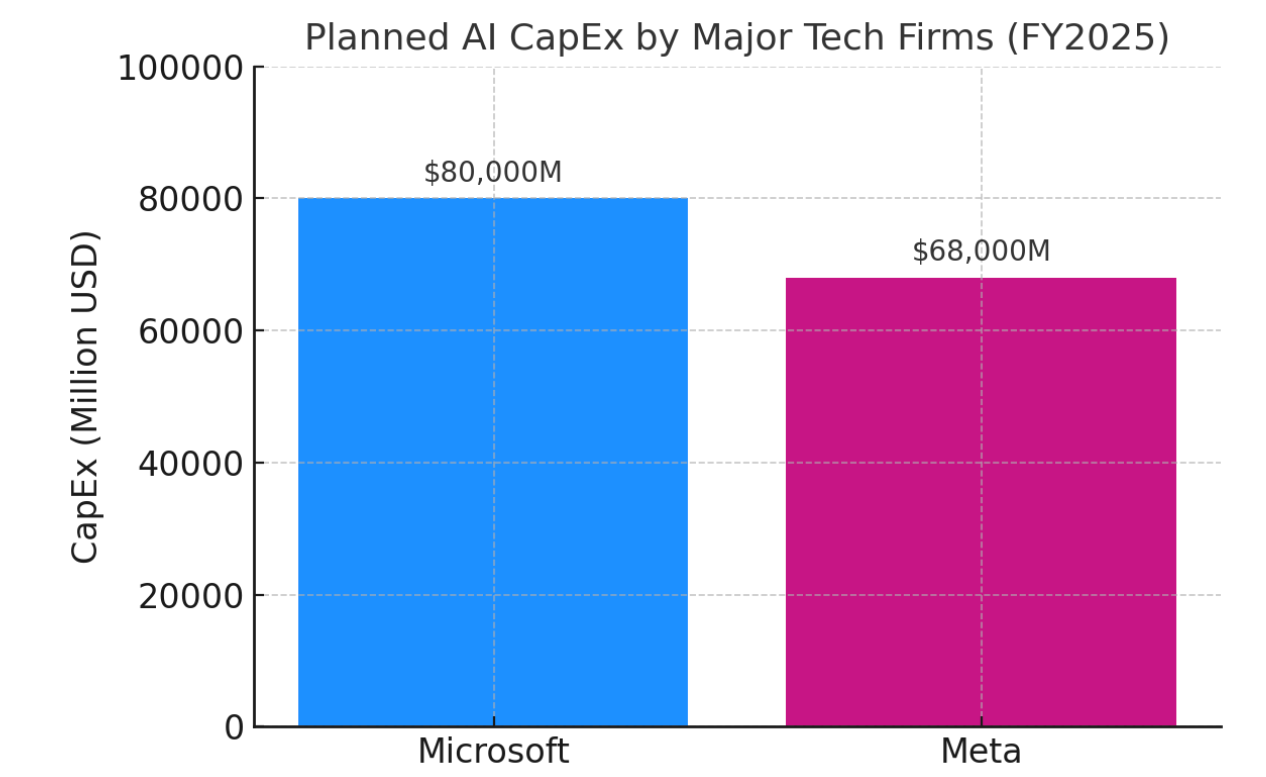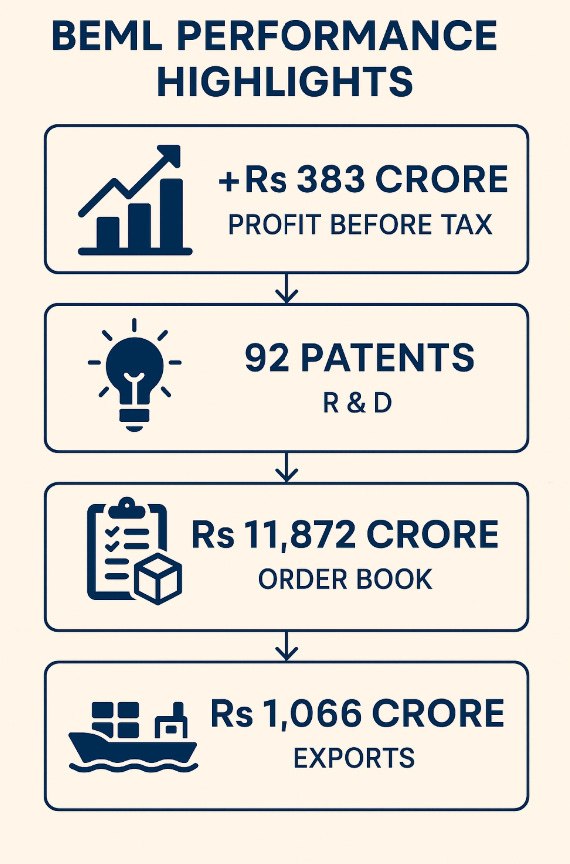📊 Your Factory Floor Forecast Navigating PMI Slumps, AI Spending & the Latest Jobs Data (Links Included!)
🔎 Key Trends & Data for SME Manufacturing CEOs Week Ending May 2, 2025 – Stay sharp with curated, sourced insights that cut through the noise.
Prepared by James Danowski, PhD, Senior Data Scientist, IntelliSell
🎧 Listen to the Podcast
Can’t read right now? Tune in on the go! Catch the Surviving the 2025 Economic Storm podcast—your weekly briefing on the latest trends, strategies, and real-world case studies for SME manufacturing CEOs.
👋 Dear Manufacturing Leaders,
Another week, another tangle of signals to decode. From slipping PMI numbers and cooling job growth to rising tariff tensions and massive AI infrastructure bets from Big Tech—there’s a lot to digest.
That’s why we’ve done the heavy lifting.
Our team filtered through hundreds of thousands of news and data sources across the web to surface the most relevant macroeconomic and manufacturing insights from the past week (Apr 26 – May 2). We’ve distilled it all into an actionable snapshot designed for SME manufacturing CEOs and decision-makers.
You’ll find concise trends, real data points, and source links you can trust—so you can focus on what matters: leading smart in uncertain times.
Let’s dive in. 👇
1. 📈 The Economy: Manufacturing Contracts, Labor Market Cools
The Signal: April brought more signs of a slowing engine. U.S. manufacturing slipped back into contraction (PMI below 50), and while job gains continued, the pace cooled. It’s a mixed economic picture—just enough growth to avoid alarm bells, but soft enough to keep demand forecasting difficult.
What It Means: Manufacturers face uncertainty on both sides: softening demand paired with lingering cost pressures. The Fed remains in wait-and-see mode, and so should you—armed with scenario plans.
Data Snapshot:
PMI Slips: The ISM Manufacturing PMI fell to 48.7 in April (below 50 = contraction), with the Production sub-index dropping significantly to 44.0. (Source: ISM via PR Newswire)
Prices Still Hot: Input costs remain a headache, with the Prices Paid index staying high at 69.8. (Source: ISM via PR Newswire)
Jobs Slowdown: The US added 177,000 jobs in April – respectable, but lower than expected and a slowdown from prior months. (Source: BLS.gov)
Wages Moderate: Average Hourly Earnings growth eased slightly to +0.2% month-over-month (+3.8% year-over-year). (Source: BLS.gov)
Bottom Line Impact: Weaker demand signals require caution. Margin pressure from input costs isn't easing quickly. A cooler labor market might eventually temper wage demands but also reflects broader economic slowing.
Your Strategic Move: Sharpen your focus on cost efficiency. Get granular with demand forecasting and customer communication. Review pricing against input costs. Plan for different economic scenarios.
2. 🌐 Geopolitics & Trade: Tariff Uncertainty Clouds Tech Outlook
The Trend: The shadow of tariffs continues to loom large, particularly impacting the tech sector's planning and outlook. This uncertainty might even be subtly shifting demand towards older, cheaper technology as companies hedge their bets.
Data Snapshot:
Guidance Hit: Intel cited "elevated uncertainty" when guiding for lower Q2 revenue ($11.2B-$12.4B) and break-even non-GAAP EPS. (Context based on Intel Earnings PDF)
Demand Shift?: Reports suggest tariff worries and costs are boosting demand for Intel's older chips. (Source: TrendForce)
China Exposure: Firms like Texas Instruments (~20% revenue from China) are flagging tariff risks. (Source: TrendForce)
Bottom Line Impact: Forecasting difficulty, direct cost increases from tariffs, potential shifts in product demand, and risks to international market access are all in play.
Your Strategic Move: 🌍 Stay glued to trade policy news. Model tariff scenarios. Keep diversifying suppliers and markets. Talk openly with stakeholders about potential impacts.
3. 🤖 Tech & AI: Big Spenders Double Down, Restrictions Bite
The Signal: Big Tech isn’t slowing down. Microsoft is pouring $80B into AI infrastructure this fiscal year, with Meta close behind at up to $72B. The AI arms race is very real. But there's a catch—U.S. export controls are hitting chipmakers hard, with Nvidia taking a $5.5B charge tied to lost sales in China.
What It Means: For SME manufacturers, AI is no longer optional—it’s a competitive lever. The upside? Tools are becoming more accessible. The risk? Falling behind while bigger players pull further ahead. Export policy shifts could also ripple into your tech stack or suppliers.
Data Snapshot:
Massive AI Bets: Microsoft confirmed an $80 Billion AI infrastructure spending plan for FY25; Meta upped its 2025 CapEx target to $64B-$72B for AI. (Source: Investopedia)
Export Pain: Nvidia took a $5.5 Billion charge due to US restrictions limiting sales of advanced AI chips to China (a ~13% market previously). (Context based on reports from Nasdaq and The Motley Fool)
Bottom Line Impact: Huge opportunities for suppliers in the AI ecosystem, but also signals intense competition. Export controls directly cut revenue for affected firms. For SMEs, leveraging AI efficiently is key to not being left behind.
Your Strategic Move:🔹 Find your high-ROI AI applications (efficiency, quality, prediction). Partner for accessible solutions. Stay aware of tech regulations impacting your sector or suppliers.
4. 📦 Supply Chain & Costs: Metal Tariffs Bite, Copper Next?
The Trend: Brace for continued input cost pressure. The impact of the 25% steel and aluminum tariffs is filtering through, likely raising domestic prices too. Analysts are now eyeing potential future tariffs on other key metals like copper.
Data Snapshot:
Metal Costs Up: The 25% US tariff on steel/aluminum is expected to lift costs broadly. (Context based on analysis from Pregis and Baileigh)
Price Forecasts (Q2 '25): JP Morgan sees Aluminum averaging $2,200/mt and US HRC Steel at $900/st. (Source: JP Morgan Research)
Copper Tariffs Loom?: Analysts anticipate a potential 10% US tariff on copper imports. (Source: JP Morgan Research)
Bottom Line Impact: Direct hit to margins from higher material costs. Potential for further price hikes if new tariffs land. Supply chain adjustments add complexity.
Your Strategic Move:🔹 Manage inventory tightly – consider strategic buys if appropriate. Aggressively pursue scrap reduction and efficiency gains. Renegotiate supplier terms if possible. Explore material alternatives.
5. 🧍♂️ The Workforce: Hiring Cools, Manufacturing Stays Flat
The Trend: The April jobs report confirmed a cooling US labor market. While jobs were still added, the pace slowed notably. Manufacturing specifically saw flat employment, suggesting the sector isn't driving current job growth.
Data Snapshot:
Job Growth Slows: +177,000 US jobs added in April – below expectations. (Source: BLS.gov)
Unemployment Steady: Rate held at 4.2%. (Source: BLS.gov)
Manufacturing Jobs: Flat month-over-month. Gains led by healthcare, transport/warehousing. (Source: BLS.gov)
Wage Growth Eases: Avg. Hourly Earnings +0.2% MoM, +3.8% YoY. (Source: BLS.gov)
Bottom Line Impact: Might slightly ease upward pressure on wages over time, but also points to weaker economic momentum. Finding specialized manufacturing skills likely remains tough.
Your Strategic Move: 🎓 Focus on retaining your best talent. Invest in cross-training and development. Optimize labor productivity. Evaluate automation for persistent gaps or high-cost roles.
Bonus: Global Perspective & Innovation
Innovation Pays Off: Companies like India's BEML show strong results driven by in-house R&D (>87% business from internal tech, 92 patents filed!) and a focus on export growth. Their Rail/Metro unit grew 46% YoY, and PBT hit a 15-year high. (Source: BEML Annual Report 23-24 PDF)
🔹The Takeaway:
This isn't an easy environment, but it's one that rewards smart, proactive leadership. Focus on controlling costs, diversifying where you can (suppliers, customers), making targeted tech bets, and nurturing your workforce. Keep monitoring these trends – agility is your best asset right now.
What’s the biggest challenge or opportunity you're tackling this quarter? Drop a comment below!
Subscribe for weekly insights to stay ahead!
🔔 Stay tuned for next week’s deep dive—because in a storm, insight is your strongest anchor.
Until then, stay agile, stay informed, and stay profitable.









